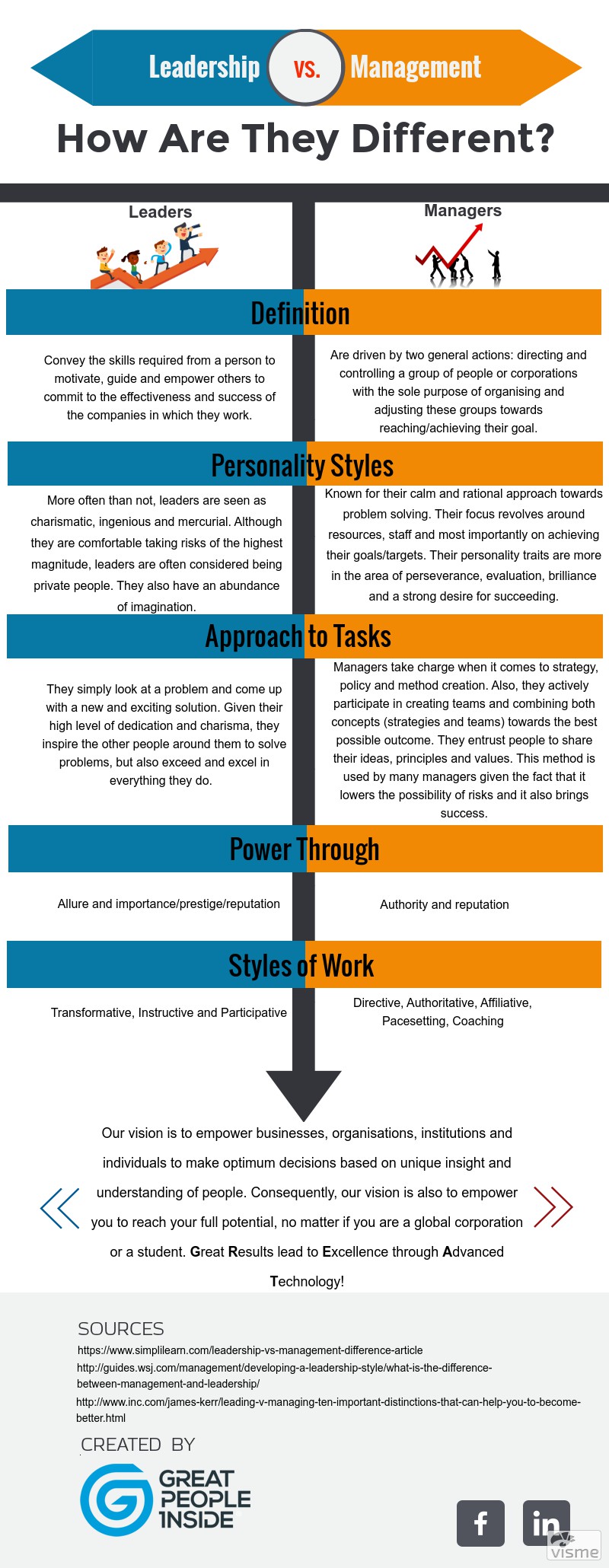Reducing Employee Turnover
In the majority of cases, a high employee turnover is not regarded as ideal for a company’s reputation, performance and goals. The costs themselves are high due to the fact that people are leaving, thus leading to numerous hirings and training programs for the constant flow of new employees. If your company has experienced high turnover in recent times, it might be time to think about effective retention strategies.
A high employee turnover is bad for any organisation’s bottom line. It has been estimated that the cost of replacing an employee is nearly double their salary for a year. Morale can also go down if too many people come and go through the office doors.
There are a number of ways in which you can reduce employee turnover and they are not as difficult as you might think. When employees feel their work environment offers them the necessary support for them to achieve their goals that is when they thrive the most.
There are many ways in which you can make your employees feel that their work is appreciated enough so they don’t leave or you are not forced to fire them. Let’s go through these ideas step-by-step:
- Flexibility – Work flexibility is all about the possibility of working either from home, a café or even while on vacation, as long as employees have a good internet connection (and that is not hard to find nowadays). People are more motivated to produce great results when they have the opportunity to work in the environment they’re most productive. This idea works best on the new generation i.e. millennials.
- Honest job expectations – Many companies suffer from high employee turnover due to the fact that employees are assigned something different from what they have seen in the initial job description. When employees are given responsibilities that do not suit their interests and strengths, their drive to perform goes to ground.
- Promote a healthy work-life balance – The work-life balance has become extremely important to employees, but many managers fail to realise that. The managers should take care of their team in order for them to avoid employee burnout. Regular check-ups help, because if you observe something is not right with one of your staff you can give them a day off to decompress. It is key you do not bombard your employees with one too many projects at once.
- The possibility of professional growth – It is as clear as day that people are more interested in jobs where professional development is one of the advantages. In order to boost your company’s performance, (internal) growth has to be one of the core principles. Whether we are talking about a promotion or a simple salary raise, this will motivate your employees to achieve the organisation’s goals/objectives. Provide the opportunity for career and personal growth through training and education, challenging assignments and more responsibility. Welfare is important to people, undermining their value and pay would be a fatal mistake. Managers and CEOs should work hand in hand with the HR department in order to devise to most appropriate pay plan possible for their employees.
- Finding the best candidate from the beginning – It may seem like a pretty obvious idea, but many companies fail to realise the importance of the recruiting process. Besides the necessary skills any employee should have, try and find out if that person identifies with the company culture and gets along with the co-workers and managers.
This is where Great People Inside comes to your aid. Our online platform offers the best solutions and tools for your company to thrive in every type of industry and any possible situation your organisation may find itself. In terms of lowering your employee turnover rates we recommend our GR8 Full Spectrum assessment for hiring and 360° Survey for retention. Finding the right talent, the best fit for the job and your organisation, can be a very challenging task. It requires deep knowledge of your own organisation’s culture and keen understanding of the candidate’s personality, strengths, interests, work style and other characteristics. Our technology and solutions will do the work for you, helping you find employees who can flourish and reach the highest performance required to constantly bring your company forward.
Request a free demo:
Sources:
Theculture.com
Guides.wsj.com
Thebalance.com







